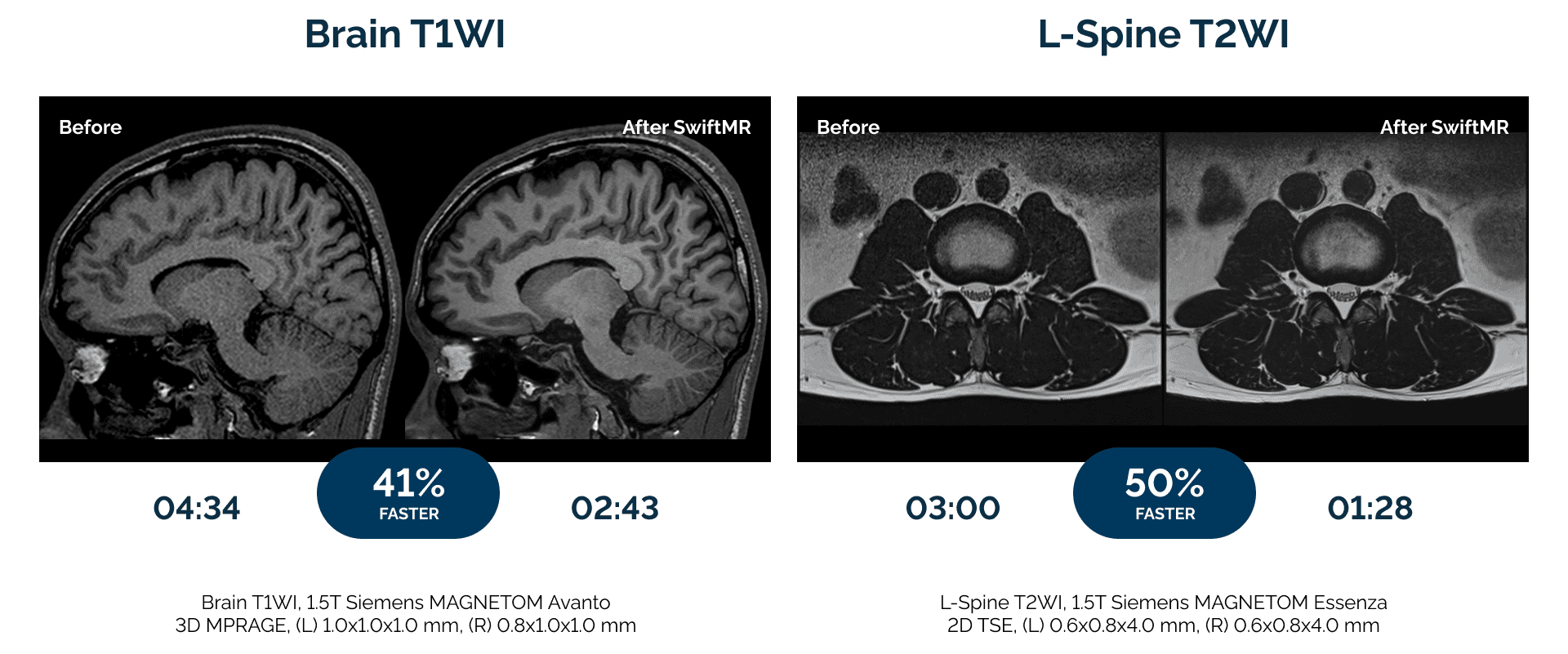By Mo Abdolell, CEO, Densitas
Radiology has seen this movie before. Big promises (efficiency, accuracy, burnout relief). Big anxieties (ROI, workflow chaos, pressure to “keep up”). The question isn’t whether AI is powerful. It’s whether we’ve learned how to deploy new technology without repeating the pain of PACS migrations and the EHR era.
The Myth of the Perfect Rollout. Health technology assessment (HTA) sounds great in theory – rigorous, comprehensive, evidence-first. In practice, few organizations have the time, talent, or budget to execute it at scale.
- Remember EHRs: adoption happened because policy and money forced it, not because the playbook was tidy. Healthcare’s default pattern is to adopt, then evolve – messy, market-driven, and iterative. Waiting for perfect plans is how you get left behind.
Are AI’s Problems really new?
- Black box déjà vu. Radiology has long trusted complex, opaque systems (reconstruction algorithms, vendor-specific pipelines). What mattered – and still matters – is validated performance and dependable outputs, not full internal transparency.
- Model drift ≈ old friends. We’ve always recalibrated clinical tools as populations and scanners change. Monitoring and revalidation are known problems, not alien ones.
What’s Different This Time? Unlike the top-down EHR mandate, AI is largely market-driven. That gives providers agency.
- AI solutions must save time, improve outcomes, or avoid costs – not just publish a ROC curve. They must show operational value inside the native radiology workflow.
Fortunately, there are ways to adopt AI and then evolve your processes to make it work…
- Workflow or bust. Demand in-viewer evidence objects, one-click report insertion, and EHR write-back. If AI adds steps, it subtracts value.
- Start narrow, scale deliberately. Pick high-volume, high-friction tasks. Prove value in weeks, not years. Expand only when the operational signal is undeniable.
- Measure what matters. Track operational metrics like seconds saved and coverage (e.g. eligible cases processed before dictation), reliability (e.g. results present before finalization, fail-open behavior), and user friction like context-switching rate and time-to-evidence.
- Monitor. Stand up organization and site-level performance checks. Treat AI like equipment – scheduled, observed, and maintained.
- Invest in long-term value. Favor standards, vendor-agnostic interoperability, clear telemetry, and transparent pricing.
The Takeaway
AI’s success in radiology won’t be defined by elegance of algorithms but by pragmatism of deployment. This will be an evolution – hands-on, incremental, sometimes messy. The difference now is that radiology can drive. Make the technology serve the service line – not the other way around.
Target the toughest workflows. Adapt and evolve with Densitas Breast Imaging AI Suite.











